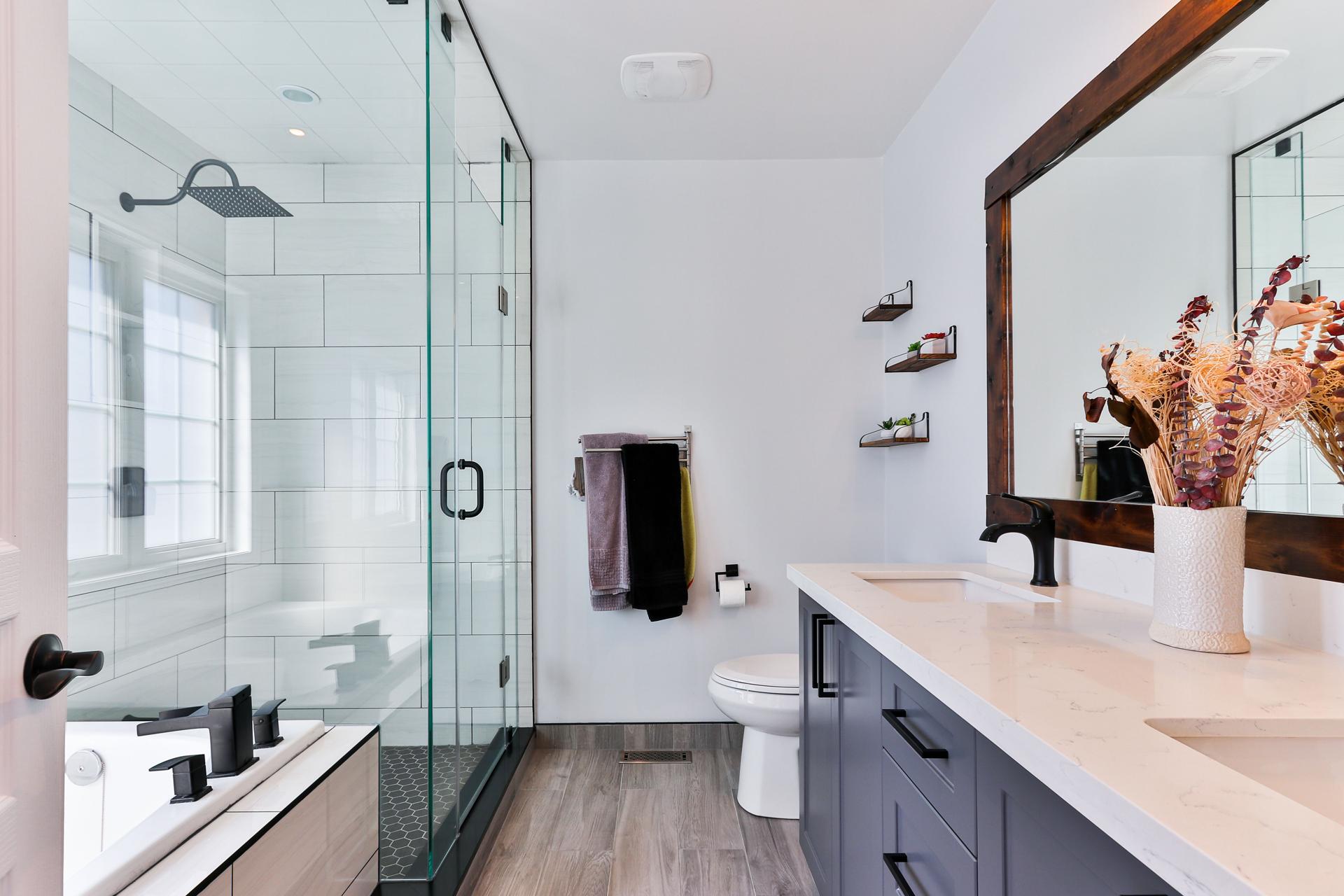Demystifying Hot Water Systems: The Basics

Plumbing for hot water is an integral part of daily life. We rely on hot water for a variety of reasons like bathing, washing dishes, and even doing laundry. In this post, we’ll provide you with a basic understanding of the plumbing of hot water.
Hot Water Plumbing Basics
Hot water plumbing is the system that delivers hot water to different parts of a structure. It differs from cold-water plumbing in that it involves heating water prior to being distributed across the entire building. The major components of a hot water plumbing system are the water heater, pipes valves, and fixtures. The water heater is the primary component of a hot water plumbing system. It heats the water and stores it until it is required. The pipes transport the warm water that is heated from the heater to the fixtures, including showers and faucets. Valves are used to regulate the flow of hot water, while fixtures serve to distribute hot water to different parts within the structure.
Types of Hot Water Heaters
There are three primary types that hot water heaters are available on the market including tankless, storage tank and heat pump water heaters. Tankless water heaters warm the water upon demand and don’t store hot water. Storage tank water heaters keep hot water in tanks until it is required. Heat pump water heaters make use of electric power to transmit heat through ground or the air to heat the water. Every type of hot water heater comes with its advantages and disadvantages. Tankless water heaters are more efficient in energy use and have a longer lifespan, but they are more expensive. Tank water heaters for storage are less expensive but are less durable and aren’t as efficient in energy use. Heat pump water heaters are the most efficient in terms of energy consumption, but could not be suitable for colder climates.
Maintenance of Hot Water Pipes
Regular maintenance is vital in order to make sure that the hot water system operates effectively and effectively. A few tips to maintain the hot water plumbing system consist of checking for leaks and flushing the tank as well as replacing the rod that acts as an anode. It is crucial to check for leaks to prevent water damage , and to make sure it is the case that your plumbing for hot water isn’t making use of water. Flushing the tank removes minerals and deposits of sediment, which reduces the effectiveness that the heater is able to provide. The anode rod was designed to protect against corrosion and should be replaced every couple of years.
Troubleshooting Plumbing Issues with Hot Water
Common issues when plumbing systems are hot include a lack of hot or hot water or weak water pressure. If you experience a lack in hot water pressure, this may be due to an inoperative heating element or a malfunctioning thermostat. The low pressure in your water can be caused by a clogged pipeline or valve. If you are experiencing any of these issues, it is recommended that you speak with a professional plumber to determine and fix the issue.
Conclusion
Knowing the way that hot water plumbing functions is vital in ensuring that the hot water system functions correctly and effectively. Regular maintenance and troubleshooting are crucial to avoid issues and extend the life span of the hot water system.
Hot Water Plumbing FAQ
How long will the lifespan of a hot water heater?
The lifespan of hot water heaters is contingent on the model and the type. On average, a storage tank water heater lasts between 8 and 12 years, while tanksless water heaters can last for up to 20 years.
How can I tell when your hot water heater requires replacing?
Signs that your hot-water heater is in need of being replaced are corrosion or rust on the tank, leaks, odd sounds, or a shortage supply of hot water. If you encounter any of these issues it is recommended you speak with a professional plumber.
